Raptor War is our Barony's premier event, and this year I was looking forward to enjoying it after co-stewarding it with my husband last year. It's also sort of a big event for our household, since it's really where we all came together and formed what would become the Cavalry of the Sword and Horse. It was going to be one of the only events everyone could make it to this year, so we really wanted to make it good.
The site was the beautiful Niagra Springs State Park, as it was last year, and we had the place to ourselves, so everyone spread their tents out willy-nilly. It was great for getting the steps racked up on my pedometer, but it led to ltired feet too The Cavalry set up their encampment around the fire pit, and wound up being party central for the event, which is fine with us, and makes it easier to stumble back to the tent when it's time to sleep.
On Friday afternoon we set up camp in our usual arrangements. Period tents in a circle around the fire pit, with mundane tents behind them and out of sight. After all the tents were up, we started preparing for the Pelican vigil of our own Don (now Master) Gomez. The household teamed up to make refreshments, and I was happy to see that his vigil shirt (post on that to come) seemed to fit him well. Once all was ready, the King came over to kick off the vigil, with the other landed Barons and Baronesses visiting next, then the rest of the rabble as they arrived. I stood guard for a shift, and we all tried to share guard duties so nobody was stuck too long.
I wish I could say people were patient and prompt, but as always there were people who didn't comport themselves as they should. It gets hard to be genteel when those who supposedly outrank one can't do the same. I am still trying to figure out the best way to stand up for myself while being courteous and respectful of rank, and I'm still frustrated at the attitude of acting like all is well while gossip and rudeness go on behind closed doors or in private conversations. It can be hard not to let this stuff get you down. Egos just suck when they get out of control.
In any case, the vigil went well, the refreshments were lovely, and we all got to bed at a reasonable hour. On Saturday morning our household held a pancake breakfast for anyone who wanted one, and it was pretty popular, despite some setbacks with the grill. I competed in our Barony's archery championship, and didn't do too badly, though I was no match for our new champion, Pieter.
After the archery, we proudly watched as our newest Quarter Horse (Cavalry member) became a squire. Congratulations to Titus and Sir Etienne. They're a great pair, and he's a heck of a fighter.
My sister Thora came up for the day and brought the dogs with her, which was fun. We don't usually bring them to events, but it was great to have them, especially since I didn't have much to do or much company, as my husband was off marshalling for the heavy fighters. I spent most of the afternoon enjoying the shade and visiting with friends, with a little break to run the children's scavenger hunt, and another to take a dip in the springs, which pour right out of the cliffs above the camp ground.
After our swim we were nice and clean, and somehow all of us ladies got persuaded to take part in the recently un-banned game of Helga Ball, a variation on rugby popular in the SCA among people who like to get injured. It must be played in a dress, with a cabbage for the ball, which can only be caught and carried in a skirt. I was gratified to hear one of the female heavy fighters say that it was far harder, and rougher, than heavy fighting. I got my hand stepped on, and just got my rings off before my fingers started to swell. Nothing was broken, but it was bruised and sore for a week, and it is still tender now, nearly a month on. After the Helga Ball another group played shinty (a Celtic relative of field hockey), which was just as injury-filled and entertaining.
Saturday night we had a fundraiser dinner followed by court. I was helping out in court for this one, so I spent some time before hand looking over the agenda, prepping tokens and scrolls, etc. with the herald, Master Braden, and my fellow Lady in Waiting, HL Malatesta. Funnily, I saw my name on the court agenda, but kind of glossed over it. I thought it was there because I was one of the ones helping out. Of course, that wasn't it, and I was given a society-level award, something I really wasn't expecting.
The award is called the William Blackfox Award, and it's given by the Society Chronicler to chroniclers and Baronies for their newsletters. The Barony of Arn Hold and I were given the award for Best Layout and Design for AS 49. It was really nice to be recognized for my work. I've been doing our newsletter for two years now, and sometimes it feels like nobody reads it. All my fellow hoodlums from the Cavalry, including my husband and my sister, were sitting on the grass at the back, so there aren't any photos, and I doubt anybody could hear our rather soft-spoken King, but it meant a lot to me.
Master Gomez's vigil was really beautiful, and his garb turned out so well. I got a couple compliments on the doublet, which are so nice to hear. Despite my holding up a lantern through the ceremony (and getting the requisite bug bites as a result), it was too dark for any good pictures of the garb, so those will have to come later when we can corral Gomez.
After court the Cavalry held a giant party, culminating in our second annual men's belly dance competition. It was truly entertaining to watch, and our own Duke Ronan will be champion for the coming year. My husband was very happy to relinquish the title. The beverages and revelry continued, with a decent bardic and a lot of good stories.
Sunday morning came far too early, and we were packed and on the road by 11. There are a few photos below courtesy of Her Excellency Kara of Wealdsmere, mka Rachel Kleinpaste.
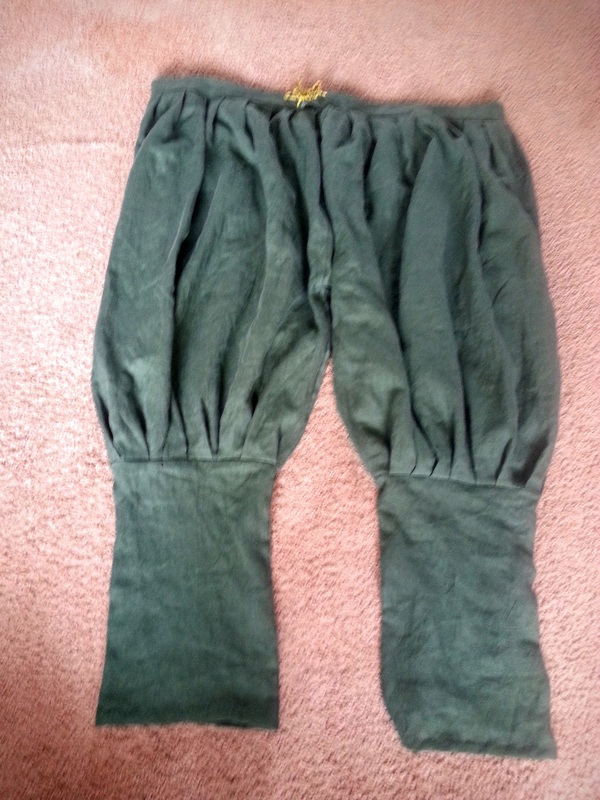
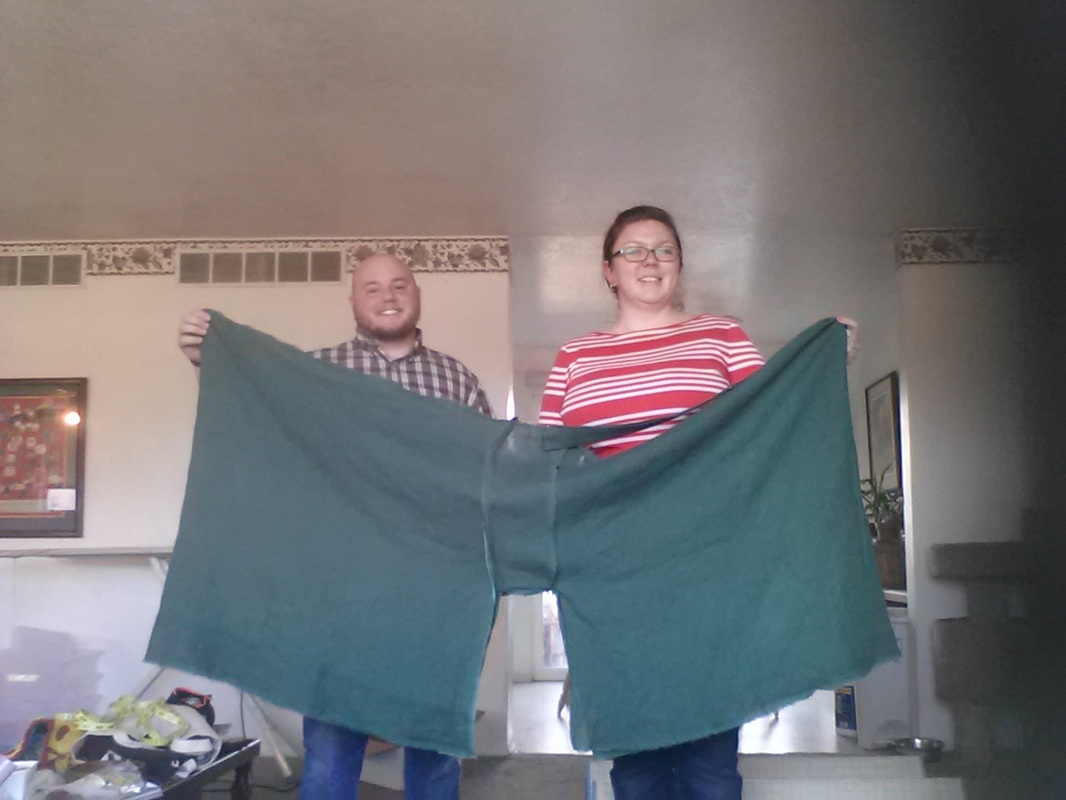
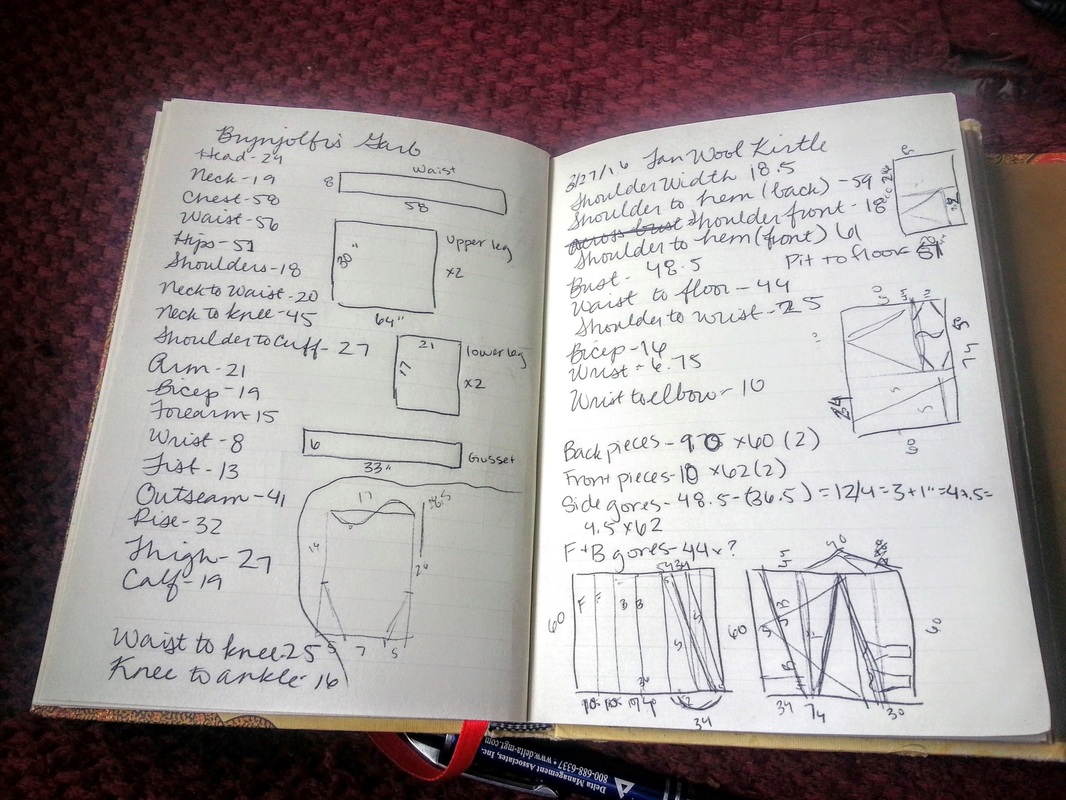
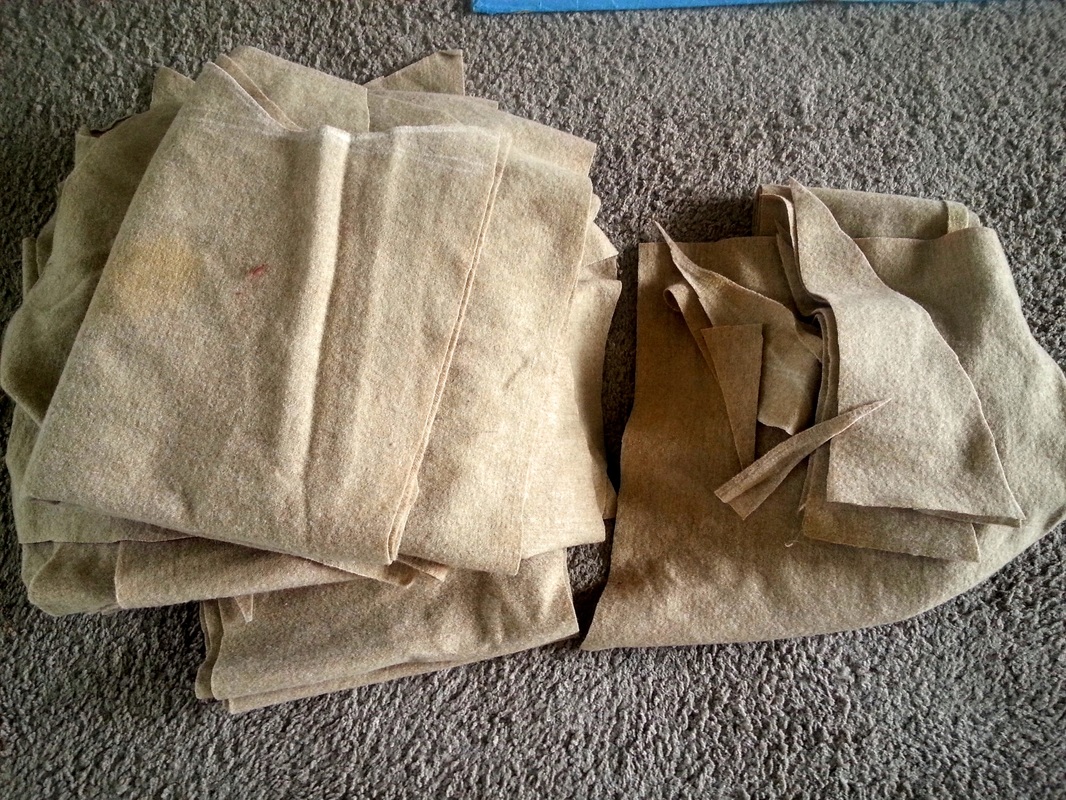
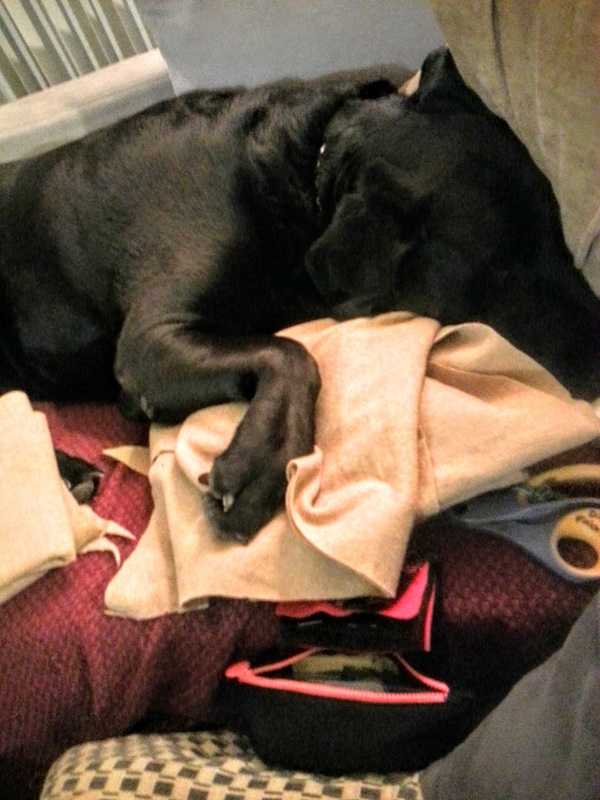
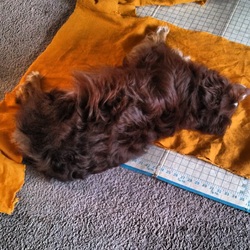
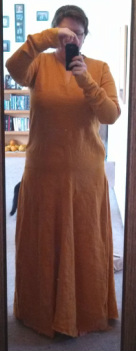
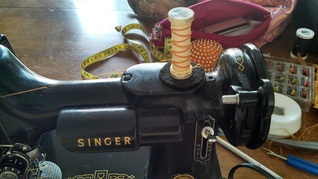
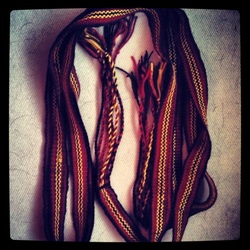
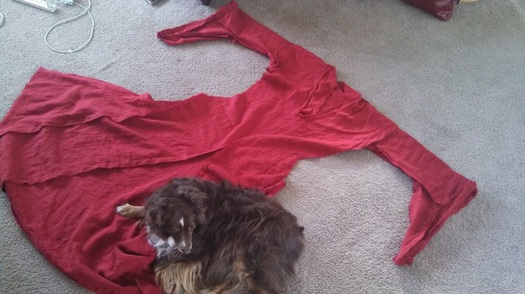
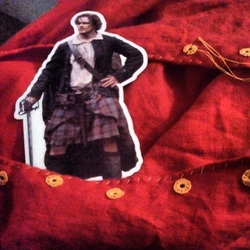
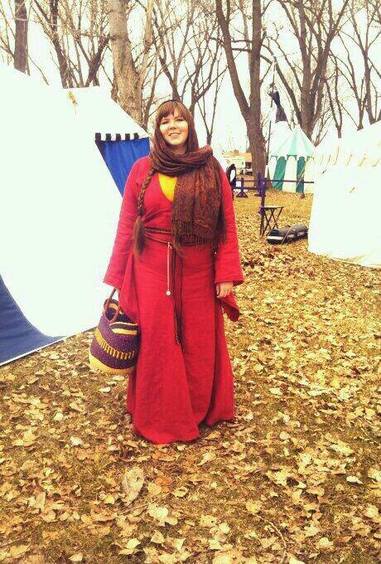

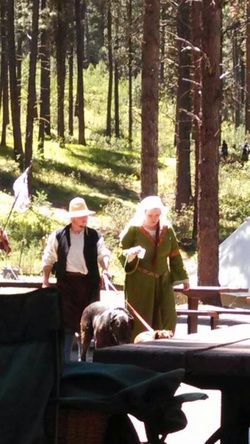
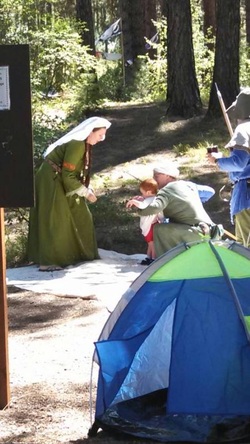
 RSS Feed
RSS Feed
